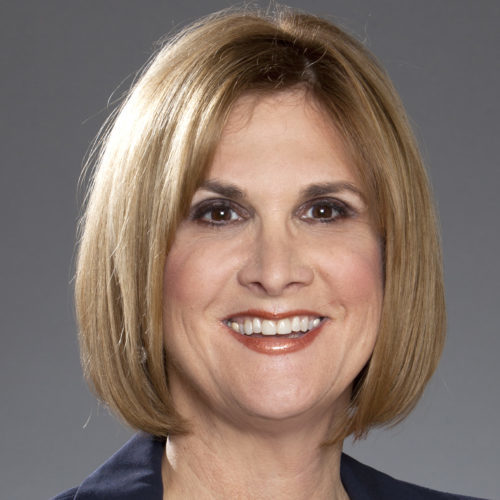- December 25, 2024
-
-
Loading

Loading
One of the biggest challenges — among many — for business owners during the pandemic has been retaining employees and attracting new ones. The “Great Resignation” has created a shockwave across almost every industry and every sector. According to a "60 Minutes" report, more than 20 million people have quit their jobs in the second half of 2021 alone!

While some left with the aid of government incentives, and some decided to retire early, many others simply decided they no longer wanted to work at their place of employment, and in many cases, in the industry they worked in. The Great Resignation played out like a massive collective epiphany. Many people simply walked away and aren’t coming back. Business, of course, must go on. But the old ways of attracting and retaining talent, in many cases, no longer apply. The next generation of workers — where businesses will find their talent — approach their careers in a far different manner than the previous generations. And successfully navigating the “new normal” will require a shift in mindset of business owners. Going forward, there will be more competition for employees, and fierce competition to retain the best of the best.
Many business leaders I have talked to have a hard time shifting their mindset to emerging realities around employees. Many have been doing things the same way for many years and have seen great success and are fearful that shifting gears will result in lower profits and a less robust business model. Work from home arrangements, in particular, have been a hard pill to swallow.
But I believe the fear is misplaced. I coach business leaders to focus on the outcomes, which in many cases have been as good or even better with people working from home. Of course, this doesn’t mean eliminating all accountability. It just means you need a new way to manage employees. Leaders must move away from micromanaging and focusing on time at the desk. Shifting your priorities to outcomes instead of process will help you give employees guidelines and that will help them prioritize tasks.
Employees no longer view their jobs as a transaction — a paycheck for work done. The next generation views work as part of their overall lifestyle and expects the work experience to fit into that mold. They prefer more flexibility and time off more than a higher salary. This includes everything from flexible schedules to working from home — which many have become accustomed to during the pandemic. But more than job perks or work schedules, there is a strong emotional component to the needs of Millennial and Gen Z workers — they need to feel valued and respected. Guessing at what employees want, however, is a losing proposition. You have to truly engage with your employees to determine how to best retain them — and how to best utilize their skills to benefit your business. Get to know their unique strengths and challenges and what they enjoy doing. I always ask people what they would rather not do — and you would be surprised at the answers. Ask what current activities, roles and tasks they enjoy and what would they like to discontinue if they had the choice. You’ll get the information you need to determine where they can add the most value to your business, and your employees will feel heard and respected.
A study done by Dale Carnegie looked at three key factors impacting employee engagement: belief in senior leadership, relationship with their immediate supervisor and pride of working for the company. Leadership training is a key component of creating an environment employees want, and training at a management and supervisor level is as important as it is at the senior level.
Ongoing training for leaders and employees alike can foster a culture of learning in your organization and will help you zero in on what matters to your team, and how they can best be deployed to power up your business. Goal setting, always key for any business, should be rethought as well. I council my clients to set what I call “process goals”— team-based rewards and evaluations broken down into small goals that serve the larger goal. For example, if you set a goal to lose 50 pounds and the only time you got any reinforcement is when you lost the whole 50, the task may seem daunting and result in doubt. Break larger goals down into small, doable steps and establish rewards along the way. This will encourage behavior and keep people motivated — and engaged.
The employer-employee relationship has evolved, somewhat abruptly, but it’s not slowing down. Business leaders must rethink their strategies to capitalize on the new normal and set themselves up for future success. It’s not an overnight process, but it’s a process businesses must start immediately if they want to survive going forward.